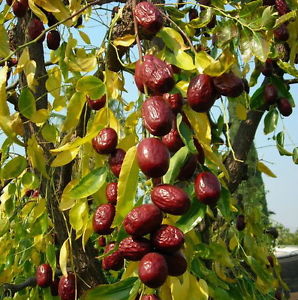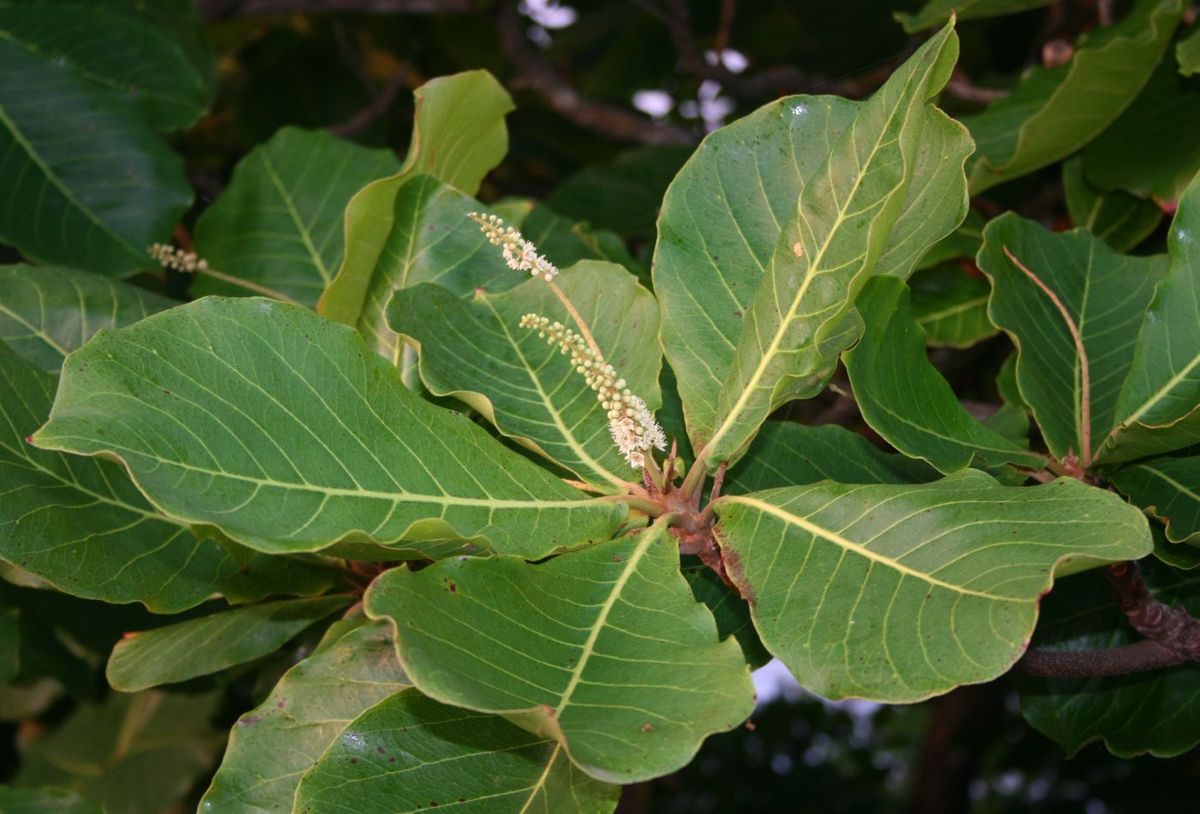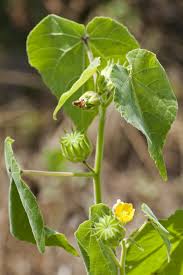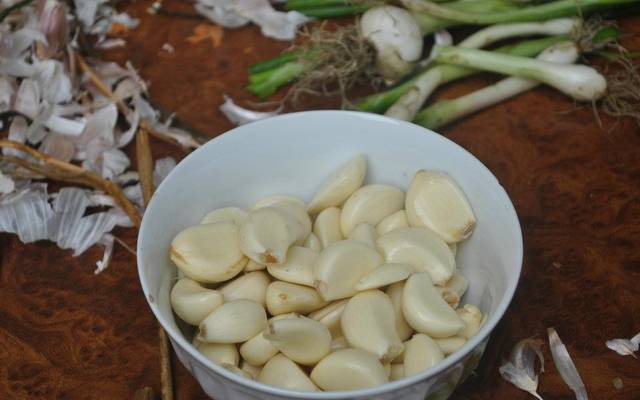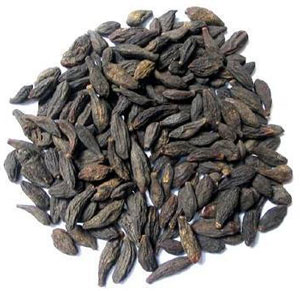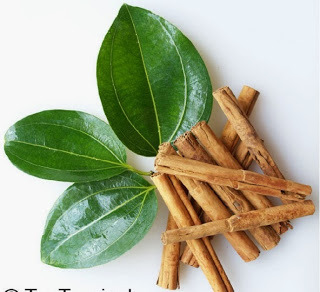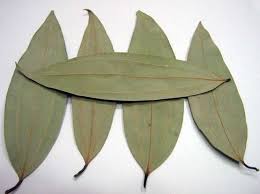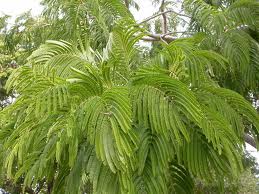Title:Botanical Name:Zizyphus jujube,Bayar(Nepal)
Purpose:
The bark is useful in arresting secretion or bleeding. The fruit purifies the blood and aids digestion.
Mental Retardation
Zizyphus is beneficial in the treatment of mental retardation. A handful of the dry fruit is boiled in half a litre of water till it is reduced to half. Sugar or honey can be added to taste and given daily at night before retiring. It increases the functioning of the brain by releasing more glutamic acid into the bloodstream
Colds and Influenza
Zizyphus is useful in preventing frequent attack of colds and influenza. A teaspoon. Of the fresh juice of the fruit can be taken with a pinch of pepper once daily for preventing colds.
Stomach Disorders
The bark can be used for treatment diarrhoea and colic. The infusion of the inner covering of the bark is used as a purgative in constipation.
Piles
Fresh baked leaves are useful in piles. The leaves are barked by placing them over the covered mouth of vessel with water boiling. The leaves are covered with another plate to prevent steam from escaping. Those baked leaves are pounded with some castor oil. This warm poultice can be applied over the piles. The process should be repeated twice daily for a week.
Mouth Disorders
Infusion of the fresh and tender leaves, mixed with salt is a useful gargle for sore throat, relaxed uvula, inflammation of the mouth, bleeding from gums and cracked tongue due to excessive consumption of sour fruits.
Skin Disorders
A paste of the leaves and twigs can be applied with excellent result over boils, carbuncles and abcesses to promote suppuration. It can also be applied beneficially over painful boils and styes. This paste, mixed with a teaspoon of lime juice can be applied as a poultice in the treatment of scorpion sting. Infusion of its leaves can be applied as a lotion to wash the wounds and other ulcers.
Conjunctivitis
The leaves are valuable in treating conjunctivitis. An infusion of the leaves should be used as an eye lotion.
Hair Disorder
The paste of its leaves applied over the scalp and hair can keep them clean and prevents scalp diseases. It also lenthens the hair besides darkening them.
Target:-
Web diary:
Parts Used: bark
uploaded by Arya K.C. at FB 2018 August 21
link from google
